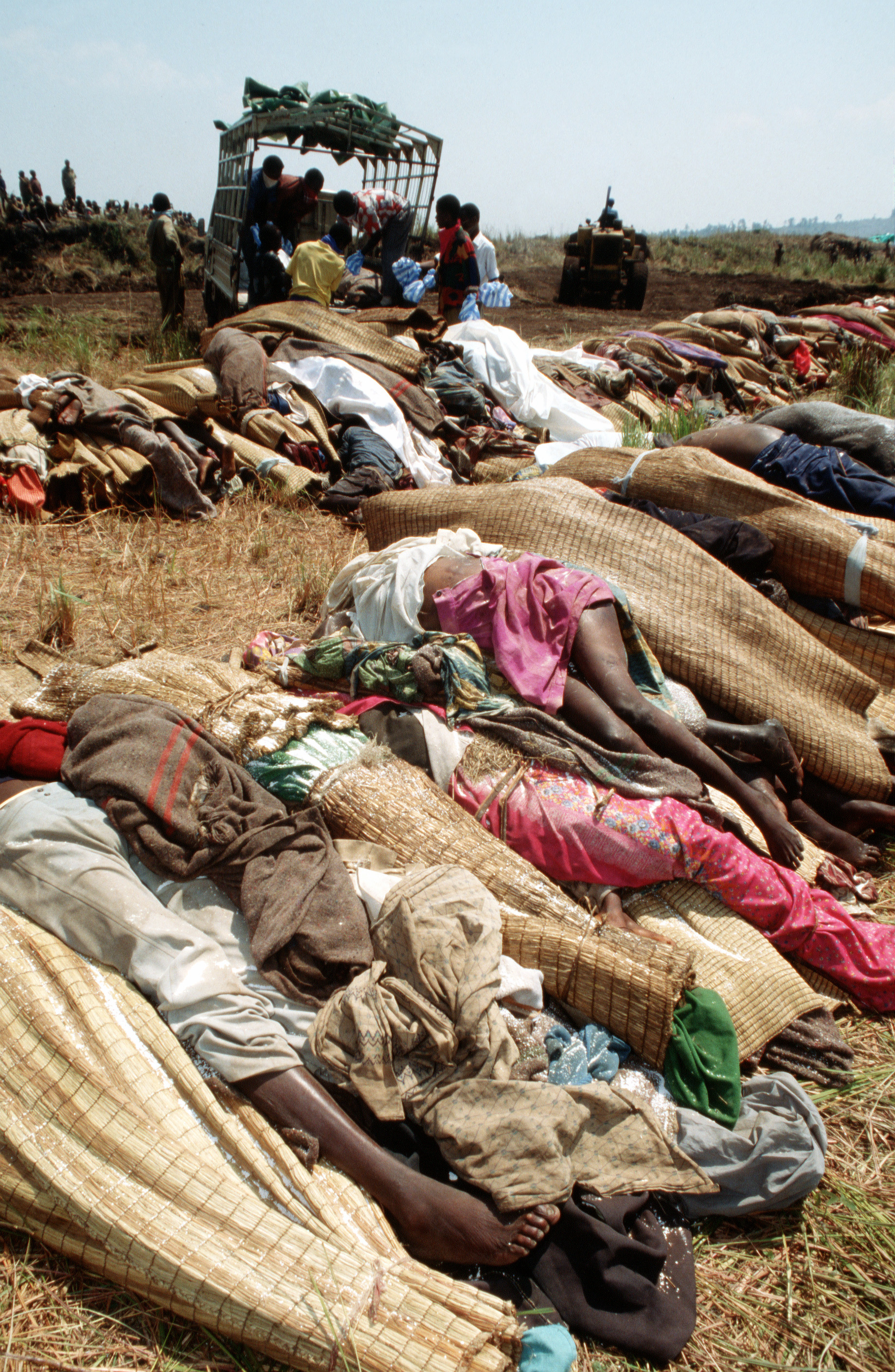
For the second Valentine’s day in the life of Engaging Peace, we want to re-share some posts that have been among the wonderful gifts our readers have given us. The following selection focuses on messages of peace and love.
(1) A few years ago I joined “Checkpoint Watch,” an Israeli human rights organization of women who monitor and report human rights violations towards Palestinians who move from the occupied territories of Palestine to Israel. Continue reading → (Dalit Yassour-Borochowitz, October 21, 2010)
(2) It has been a privilege for the Paraclete Foundation to bring the Benebikira Sisters to Boston and to tell their story of courage and love during the 1994 Rwandan Genocide that claimed over 800,000 lives in 100 days. Continue reading → (Sister Ann Fox , November 8, 2010)
(3) In a way that only being physically present in this country could convey, I’ve realized that the genocide is a very difficult thing for Rwandans to talk about. If people do speak about the horrors they have encountered, it is only under very hushed circumstances or around people they trust. Continue reading → (Andrew Potter, June 23, 2011)
(4) The framework for my reflections is constructed from Dr. Martin Luther King’s Speech delivered at Riverside Church in April, 1967 (a year before his assassination). Continue reading → (Dean Hammer, July 21, 2011)
(5) My father was born and raised in Basra, Iraq. Graduating from Baghdad University, he earned a government scholarship to study in the United States. He completed his graduate studies at Georgetown University. While in DC, he met and married my mom, a nice Jewish girl from New York. Her parents had fled their homeland … Continue reading → (Dahlia Wasfi, September 19, 2011)
(6) I have just returned from the demonstration to support Occupy Boston (10-10-11) and can happily report that it was a successful march of probably two or more thousand people. Continue reading → (John Hess, October 17, 2011)
(7) Over the past few weeks we have heard stories of bravery, courage, hope, happiness, and grief from Palestine. The stories accompanied the news that just over 1,000 Palestinian prisoners would be freed in exchange for … Continue reading → (San’aa Sultan, November 3, 2011)
(8) Eva Mozes Kor, a “Mengele Twin” who survived the genetic experiments at Auschwitz, chose the non-standard route to recovery: forgiveness. Continue reading → (Elina Tochilnikova, December 26, 2011)
(9) From the time of… Moses, who helped guide the Israelis out of slavery and oppression to freedom, to Jesus, who preached equality and love and changed the whole human understanding of power structures, to … Continue reading → (Majed Ashy, January 12, 2012)
Kathie Malley-Morrison, Professor of Psychology, and Pat Daniel, Managing Editor of Engaging Peace


